Rise of vapes, e-cigarettes fuels new nicotine risks for Pakistan’s youth
Accessibility for Pakistani youth raises concerns over addiction, weak regulation
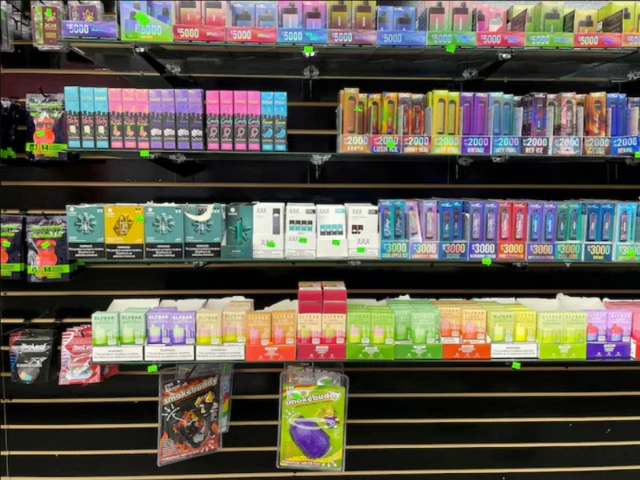
Pakistan has witnessed a dangerous shift in the way young people are being targeted by the tobacco industry. Once dominated by conventional cigarettes and smokeless forms like naswar and gutka, the market has expanded to include e-cigarettes and vapes among other new nicotine products.
These products, often disguised in colourful packaging and sweet flavours, are marketed as “safer alternatives” – a narrative that resonates dangerously with impressionable youth seeking novelty and acceptance. Walk through the streets of major urban centres like Islamabad, Lahore, or Peshawar, and it is easy to spot small kiosks selling vapes in fruit, candy, or mint flavours.
These products are cheap enough to fit into a teenager’s pocket money, and easily accessible due to weak enforcement of age restrictions. The lack of awareness among parents and school authorities allows the problem to spread silently, making it harder to detect until addiction has already taken root.
“The industry is creating a false sense of safety by marketing e-cigarettes as less harmful,” said Qamar Naseem, a civil society activist working on tobacco control in Khyber Pakhtunkhwa. “In reality, nicotine remains addictive and harmful, especially for young brains that are still developing. These tactics are designed to trap youth into lifelong addiction,” he said.
Read: Tobacco sector: potential & illicit trade challenges
The tobacco industry’s strategy is clear; by presenting vaping and e-cigarettes as “modern” or “cool,” it exploits the curiosity and social insecurities of young people. Flavoured products are designed to mask the harshness of nicotine, creating an illusion of harmless fun while establishing patterns of dependence.
Once addicted, young consumers are more likely to transition to other tobacco products, ensuring a long-term customer base for the industry.
Evidence from Pakistan paints a worrying picture. A 2019 Global Youth Tobacco Survey revealed that over 10% of teenagers aged 13–15 use some form of tobacco. More recent observations from civil society groups suggest that this figure may have increased with the rise of vapes and e-cigarettes.
The lack of regulation means that companies and importers can continue marketing these products without clear restrictions, often bypassing advertising bans by relying on social media platforms.
“Every week, I see teenagers as young as 14 buying flavoured vapes from shops near schools,” said Alvina Javed, a youth rights activist in Peshawar. “The easy access and the appealing flavours make it almost impossible for young people to resist. Unless the government steps in, we are heading toward a new epidemic of nicotine addiction among the youth,” she warned.
Nicotine is highly addictive and harmful to the developing brain. Research has linked early use to long-term cognitive and behavioural issues, including difficulties with attention, impulse control, and learning.
Read More: Tobacco exports likely to fetch $150m this year
Moreover, e-cigarettes are not risk-free; they expose users to harmful chemicals that can cause lung injury and other health complications.
Pakistan has taken steps toward tobacco control through frameworks like the ongoing National Tobacco Control Strategy launched in 2022, and provincial roadmaps; however, these efforts remain focused on traditional tobacco products. Without urgent policy action, new nicotine products will continue to slip through the cracks, undermining efforts to reduce tobacco use.
The future of Pakistan’s youth should not be sacrificed at the altar of profit. By acting now to regulate and restrict new nicotine products, policymakers may safeguard young generations from a lifetime of addiction and ill health.



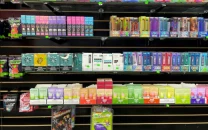





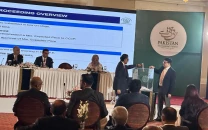


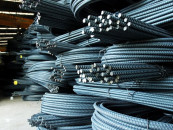






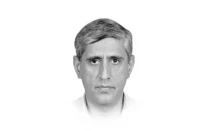

COMMENTS
Comments are moderated and generally will be posted if they are on-topic and not abusive.
For more information, please see our Comments FAQ